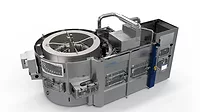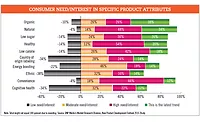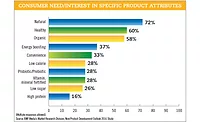Experts point to AI for the future of new product development
Consumer-centric approach allows brands to create successful, efficient products
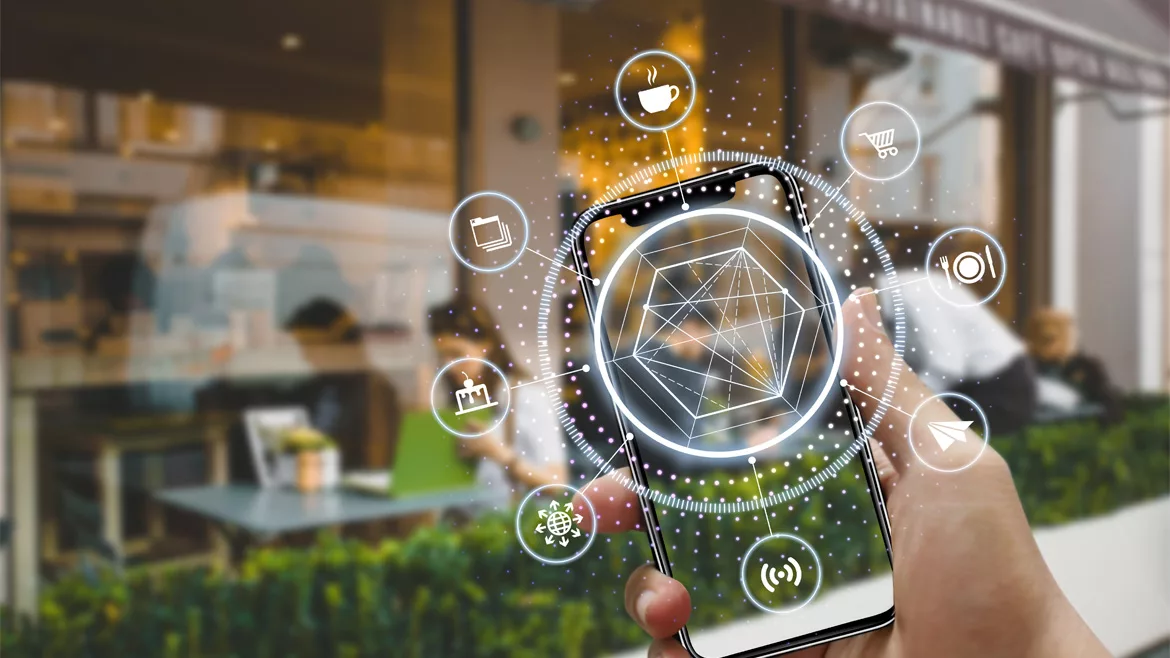
Image courtesy of Getty Images
In the 1985 holiday film “Santa Claus: The Movie,” disgraced elf Patch is looking to redeem himself with Santa and teams up with B.Z. Toy Company where they manufacture lollipops containing the same magic ingredients that make the reindeer fly. With the lollipops allowing children to fly, Santa becomes antiquated with believers, meanwhile B.Z.’s plan for a candy cane version with more magic results in a disaster that sends Santa and some young children to save the day.
In today’s new product development world, there’s no magic ingredients or fairytale character who can conceptualize the next sensation or save the day if that innovation goes amiss. Yet, with consumers demanding more from their beverages, brand owners are employing a myriad of concepts to help the next generation of new products succeed.
“Product development in the beverage industry involves some innate risk-taking,” says Katie Fellows, vice president of client services for the Midwest at Curion, Chicago. “The most significant gamble beverage-makers face is whether or not the product will meet consumers' expectations. You can have the best concept, flawless distribution, and brilliant packaging, but if consumers don't enjoy it when they take that first sip, none of it matters. They won't repurchase the product.
“Consumer research is critical because beverage companies have just one shot to delight the consumer,” she continues. “Insights help ensure you deliver a product that lives up to the promise made by packaging, concept, messaging, etc.”
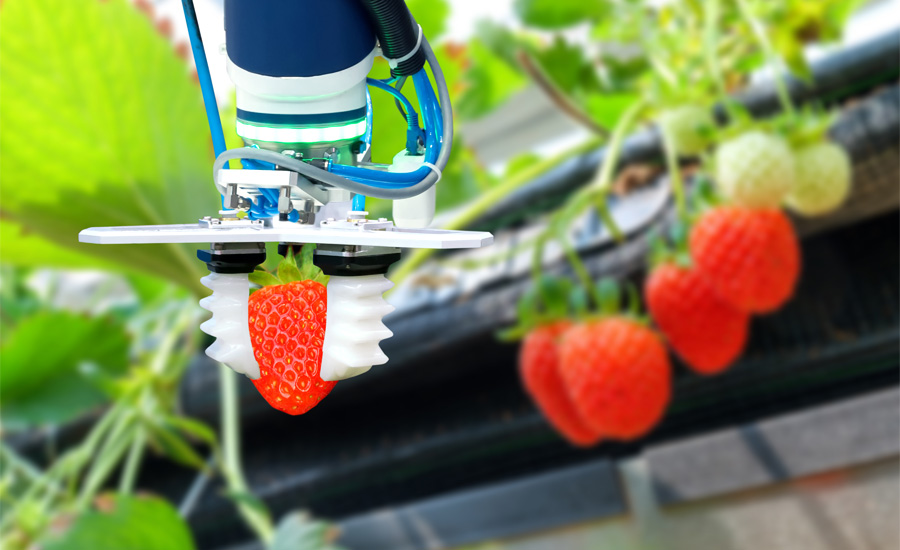
Jason M. Cohen, founder and CEO of Gastrograph AI, New York, notes that the creators of future concepts, however, are finding that consumer needs have become more diverse and is impacting how brands approach product lines.
“Today’s innovators are re-designing their innovation methodologies to think holistically about brands as product portfolios and base products as platforms,” he says. “The era of multi-year multi-region innovation processes has ended as more nimble upstarts and major-multinationals refocus on a more diverse consumer population with greater demand for products that fit their preferences and lifestyles ― single product champions are being outcompeted by products optimized for specific consumers.
“Using base products to create variations allows a single brand to target multiple consumer cohorts with different preferences,” he continues. “For example, a [ready-to-drink] (RTD) coffee with five variations of flavor.”
Curion’s Fellows adds that successful innovators know the importance of focusing on the consumer throughout the new product development process.
“Often even before prototypes are even created, innovation leaders will invite their consumers to ideate, co-create, and collaborate alongside them,” she says. “Involving consumers to participate on the ground level ensures concepts and execution meets unfilled consumer needs.”
In addition to aligning with the needs of consumers, Fellows notes that this consumer-centric approach also is a more efficient process.
“Weaving in the consumer perspective every step of the way decreases the odds of missing essential information early on and having to re-evaluate to square one, which can be very expensive from a cost perspective,” she says. “Most importantly, keeping the consumer front and center throughout the product development process fuels consumer-aligned products that not only meet expectations they create repeatable delight.”
Technological path
With some beverage manufacturers adjusting their approach to concept creation, experts note that technology continues to play a bigger role in future product development.
“Technology is critical in connecting beverage-makers with their consumers, providing a higher granularity into their needs, desires, and expectations,” Curion’s Fellows says. “Beverage-makers don't have to leave their computers to extract authentic, comprehensive product narratives fueled by consumer feedback.”
Fellows highlights Curion’s Digital Solutions Toolkit as an avenue where brands can employ consumer testers with detailed surveys, hear how they navigate the decision-making process, see how they shop and more.
“The ability to interact with consumers in real-time and collect in-the-moment insights in the very environments where they consume beverages during day-to-day life helps elevate our understanding of the consumer journey,” she explains. “Technology also enables us to recruit specific consumers that perfectly fit beverage companies’ target audiences, further expediting the research process and leading to more granular product understanding.”
But companies also are taking the capabilities of technology a step further. Artificial intelligence (AI) is commonplace in search engine solutions or even gaming communities, but AI is quickly becoming a go-to solution for brands in new product development.
“Technology has always been an accelerator when adopted and deployed against manual and repetitive tasks,” Gastrograph AI’s Cohen says. “The use of new AI technology in consumer research, including marketing mapping and product optimization, is allowing beverage-makers to better understand and develop products for their consumers ― with new cost effective, repeatable and time-efficient methodologies. Shorter development timelines, faster time to market, and higher success rates allow rapid adopters to invest more in their development, leading to earlier market entry of more winning products.”
Pradeep Srinivasan, research analyst at Spoonshot, Minneapolis, notes that traditional methodologies for research and insights risk lagging the evolving interests of today’s consumers.
“Given the increasingly dynamic consumer landscape in the age of digital means that it’s harder than ever before to track customer needs and tastes,” he says. “There’s simply too much data and too many opinions, which can be overwhelming.”
Srinivasan points to Spoonshot’s AI-first approach as a solution to unveil hidden product opportunities.
“We have developed technology that processes huge volumes of unstructured open data, weaving together seemingly disparate information to uncover hidden relationships and innovation opportunities,” he says.
Known as #foodbrain, the AI platform analyzes tens of thousands of data sets in public domains.
“Currently we cover 14 different data types and 28,000 data sources,” Srinivasan says. “These data types include consumer data (social media, blogs, forums), product data, menu data, recipe data and research papers to name a few.
“For the first time, product development research will be personalized, forward-looking, and most importantly, an exploration centered on the identification of novel opportunities,” he continues.
Gastrograph AI’s Cohen also cautions the conventional research can make brand owners susceptible to profile, competitor and landscape risks when launching new products, but AI can mitigate some of these effects.
With profile risk, Cohen explains this is when companies misinterpret novelty or short-term likability with consumer preference.
Competitor risk, on the other hand, is when separate brands identify a flavor profile or concept at relatively the same time.
“Consumer choice is predominantly driven by the availability of preferred flavors ― so it is imperative that companies stay ahead of new market entries and product reformulations as early as possible,” Cohen says. “AI provides a constant bird's eye view of the market, as well as being able to predict granular changes in consumer flavor preference, something that would be impossible for humans to accomplish without this advanced technology.”
Lastly, landscape risk is when an entire landscape will shift faster than a company identifies or adapts to it.
“As consumer preference and demand evolves faster than ever, companies need to develop products with a view towards the future,” Cohen says. “A changing landscape filled with new upstart brands, international offerings, and direct-to-consumer choices leads to a more rapid acquisition and exploration of new preferences and shorter durations of stable preference states. Companies need to adopt an AI enabled strategy in order to successfully redesign their innovation pipeline to keep pace with a more rapidly evolving market.”
Cohen notes that “the adoption of new AI technology by the world’s largest beverage companies will be the difference maker in the future.”
“Artificial intelligence generally, and Gastrograph AI specifically, is allowing companies to reduce the amount of data they need to collect, reuse that data for multiple studies, and recycle that data to answer new questions in the future,” he concludes.
Looking for a reprint of this article?
From high-res PDFs to custom plaques, order your copy today!




